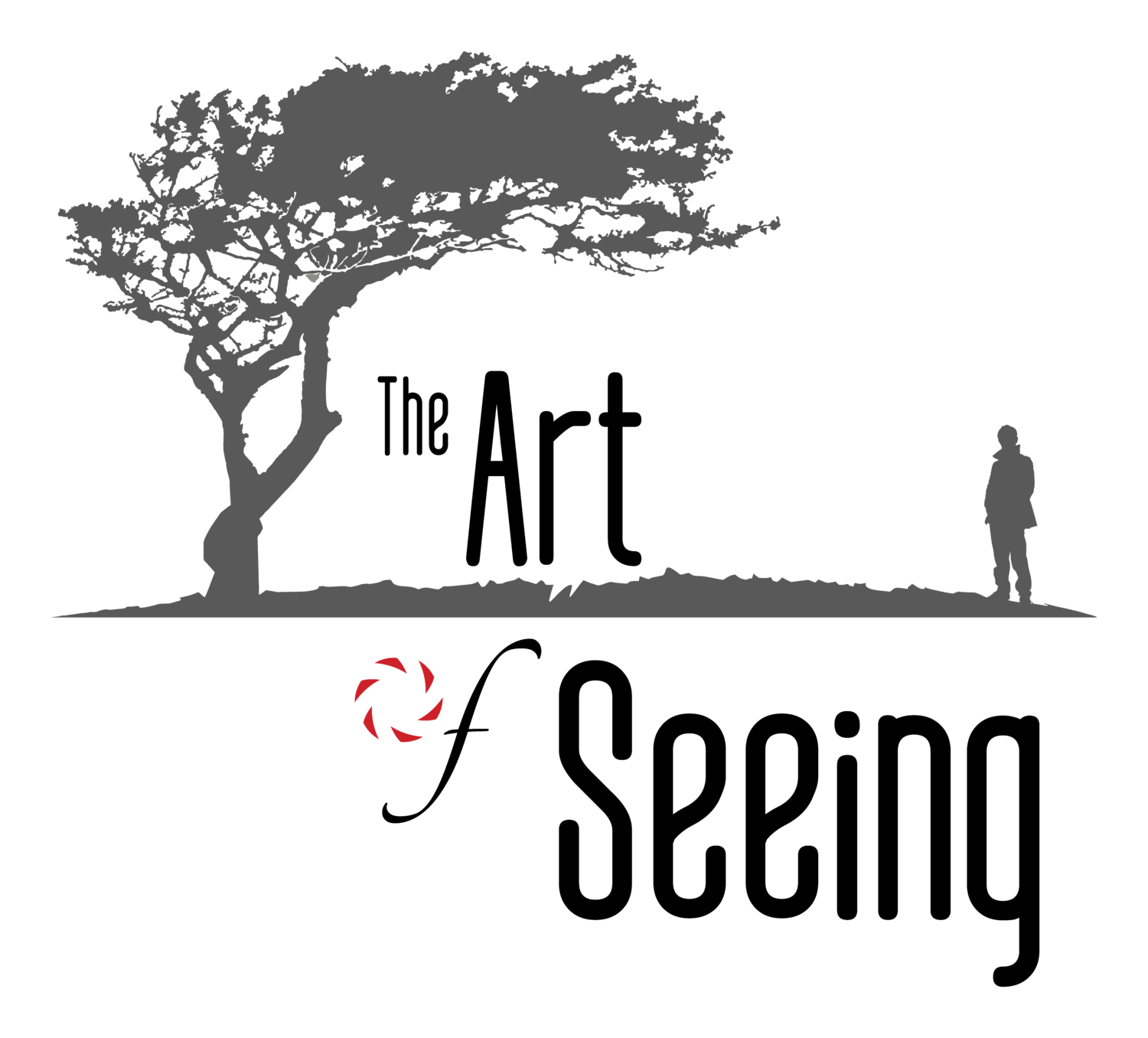Regular Photography vs Low Angle Photography vs Low Wide-Angle Photography
We’ve previously written about the why’s and how’s of ‘going low’ when photographing wildlife, but let’s explore this idea even further.
Regular Photography
In this example, an uncluttered background and pleasantly out of focus background (i.e. ‘bokeh’) draws attention to the subject and helps separate it from its surroundings. Nothing wrong with this photo... but could it be better?
If the ground the animal you’re photographing is standing on happens to be visually interesting or exquisitely lit, there may be no need to change your perspective to capture a great wildlife image. But we’re usually not that lucky.
That’s the problem with ‘regular’ photography. By regular, I mean standing up, shooting from above photography. It’s hard to get anything but the ground behind the animal from this perspective and the ground is usually boring (monotone or just downright ugly dirt), busy or low-contrast relative to your subject - animals typically evolve to blend in, not stand out from their surroundings. Sure, you can zoom out to include sky and other landscape elements but if you look carefully, you’ll see that the horizon is above your subject so what’s actually behind the animal in the image is ground.
Low-Angle Photography
Lowering the camera allows you to have something other than the ground behind your subject. This can create separation/contrast or introduce elements that add variety and interest to your composition such as sky/clouds, trees, landscape features or just contrasting colors or tones. Direct eye contact, which often comes with being eye-level, can also make your photo more engaging by creating a stronger connection with the subject for the viewer.
Getting on your knees, or better yet, your belly, is the price to be paid but the results are usually well worth the little loss of dignity as you struggle back to your feet.
Low Wide-Angle Photography
The hardest but potentially most rewarding of the 3 options. This method of photography requires more pre-planning, a little more risk and a lot of luck. Chances of success are much lower, but the reward is a dramatic perspective with undeniable impact!
For this technique I typically put on my 15-35mm lens and try to position the camera in the path of my subject. Camera damage or loss is a real possibility. But when everything works, the images produced are often extremely impactful and quite different from your “average” photograph.
Trial and Error is key
A lot of failed attempts will occur before a successful shot.
Curious bear, but the camera is facing the wrong direction.
This bear fell asleep next to my camera. I waited for over an hour to retrieve it.
Success! Curious bear checking out my camera
You gotta risk it for the biscuit
Remember these are wild animals, and very powerful ones. Sometimes their curiosity can cause result in unfortunate consequences for your camera. You must decide if the rewards justify the risk – or at least find out if you’re insurance covers bear damage!
Protecting the camera. I made this contraption from a Harbor Freight “pelican” case and PVC...nothing fancy, but it works!
Keys to success with low wide-angle photography
Getting sharp focus on your subject’s eyes (not nose, ears, etc.) is always a challenge, but the ‘animal eye-focus’ capabilities of modern mirrorless cameras greatly increases your odds of success. It’s not 100% accurate, but produces more hits than misses. Even so, this type of photography requires a lot of patience and repetition.
You need a way to trigger the camera from a safe distance, especially when working with animals that are potentially dangerous. I personally use the Camtraptions trigger, but there are lots of options. One weakness of most trigger systems is the short wire connecting the receiver to the camera is easily damaged so it’s a good idea to carry a spare.
Observe animal behavior – knowing the typical behavior or habits of an individual will help you better you place the camera. With bears, some individuals are more curious or calmer than others. Some bears are more skittish and won’t go anywhere near the camera. Your guide is also a great resource as they’ve spent countless hours with these animals and know their typical behaviors and individual characteristics.
Keep trying - determination and repetition is the formula for success. You may not get it on the first try or the second but eventually one shot will work out! Knowing how difficult it is to get a shot like this makes getting the shot that much more rewarding.
Good luck and happy shooting!












